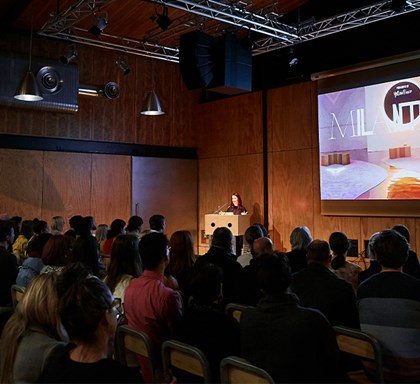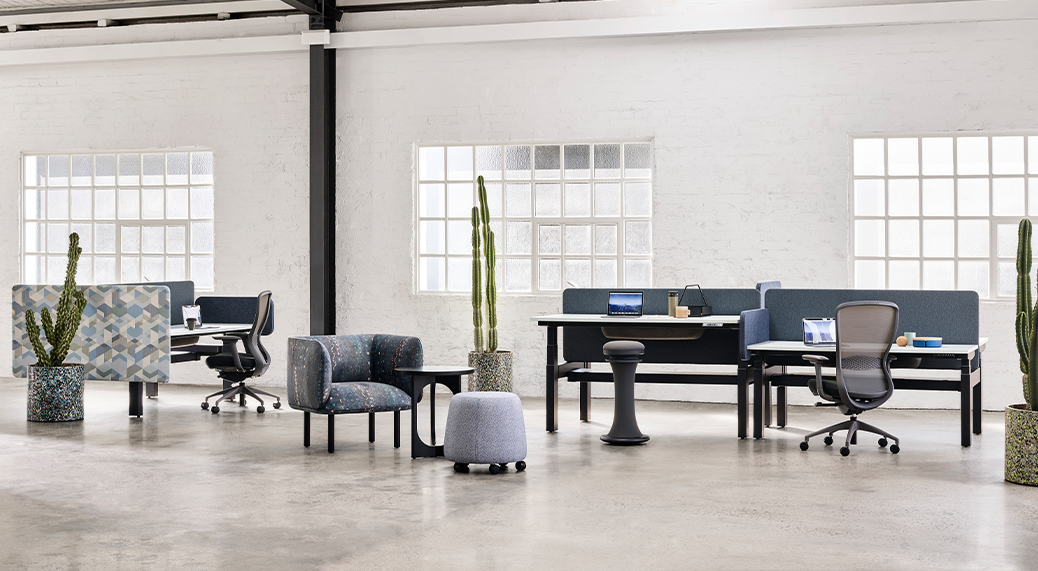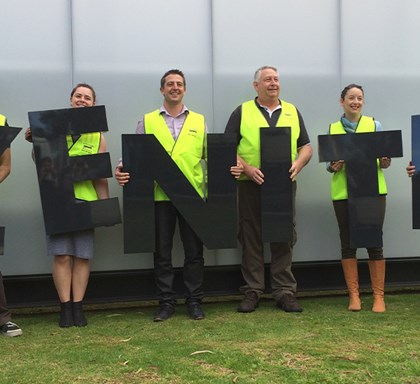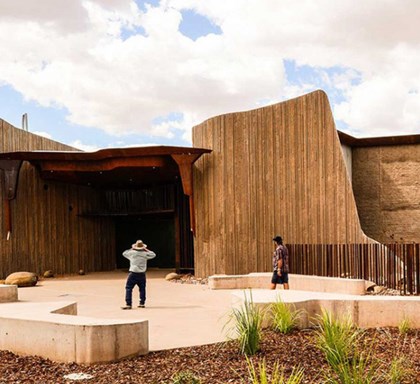As the design of our workplaces becomes ever more complex due to flexible styles of working and an increased focus on wellness and productivity, the need for facility managers to understand how offices are used and how best they can support the people who use them is now paramount to a successful workplace.
Designing for individual employee requirements can be a challenge in a world of open-plan office space, but the one-size-fits-all approach to spatial design is being replaced by providing a blend of different task-specific spaces.
This ranges from furniture that empowers reconfiguring by the users when transitioning from one work mode to the next, to multiple settings that encourage movement from one space to another.

Pictured: ZENITH RUMBA Workstation with S20 Screens, SOL-Break and SOL-Rest, Formway Be Task Chair, Allermuir AXYL Stool and Nicholls Design Archie Table
These two approaches have a huge impact from a facility management perspective and also influence the nature of employee behaviour and interaction within the space.
Here are some examples of in the ways this impacts facilities management.
- Facility managers need tools that enable them to get performance data on the entire floor plan not just the traditional workstation setting.
- All workplace furniture is now considered a work setting: mobile technologies have enabled work to take place within formal and informal work settings.
- The performance analytics need to be contextual, meaning the information needs to cover simple occupancy analytics as well as more complex intelligence like how the piece of furniture is used.
- Facility managers need to understand how the furniture is being used in real-time, which poses a new set of design challengers especially for mobile furniture.

Pictured: ZENITH ORBIS Workstation with Precinct Screens, Vox Chair and SOL-Sit
At ZENITH it has become essential to offer data-enabled furniture for both of these approaches, explains Oliver Field, product strategist and senior designer.
“The design challenge has become more complex as we now need to consider the physical and virtual experience,” he says. “This involves extending our design capabilities to include experience and interface design.
For facility managers, data-enabled furniture presents a tangible way of measuring and tracking key office metrics. At ZENITH we continue to explore how we can best add value for the employee, HR teams and facilities management teams.
“Facility managers are interested in understanding the performance of the physical workspace,” explains Field. “This is not limited to desks but encompasses the entire workspace, including collaborative spaces, breakout spaces and individual centric spaces.”

Pictured: ZENITH SOL-Dash, Schamburg+Alvisse EDO Lounge and Nicholls Design Archie Tables
On a basic level, employee interaction analytics can provide facility managers with a huge amount of valuable data. This data can be transferred into insights by combining it with a visualisation tool such as a floor plan, as heat mapping is a great way to communicate interaction in a space over time.
“Having the ability to visualise if, and when, specific items of furniture are being used provides facility managers with a powerful decision-making tool. However, even though the knowledge gained from measuring these types of interactions is very useful, it has limitations.”
ZENITH is now strengthening its internal expertise to offer the next level of interaction analytics, which considers the context of the interaction, not just the interaction itself, enabling the facility team to ask a deeper set of questions
View our workstation solutions here






